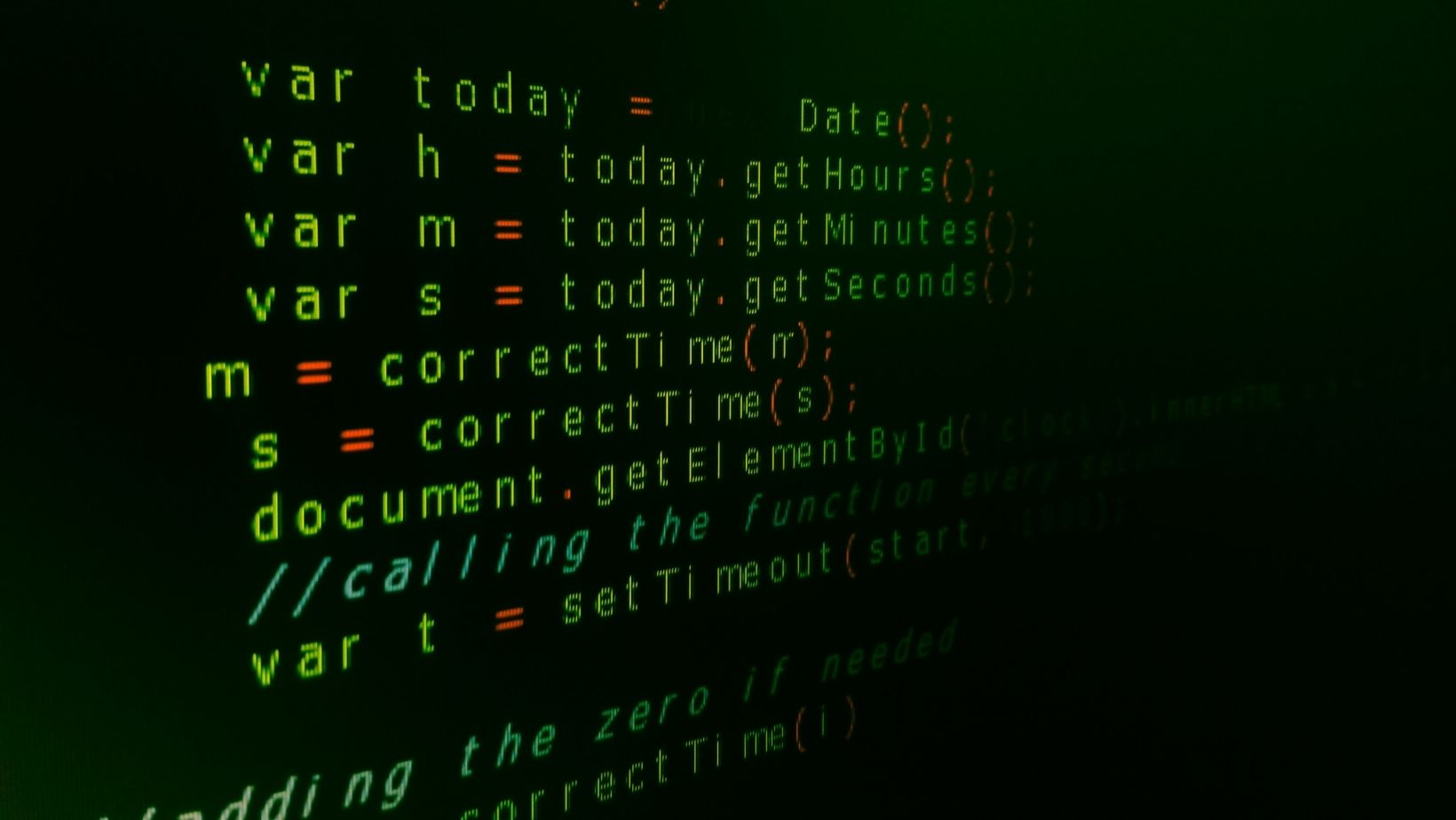
MQL4 is a dedicated programming language, developed for coding automated trading robots, scripts, utilities, and technical indicators. It is available on MetaTrader 4 (MT4), one of the most popular and advanced platforms, designed for financial trading on Forex and CFDs. The language allows anyone who has experience with C and C++ to easily develop trading robots and deploy them directly into MT4, which makes MQL4 a very powerful and popular language among traders. MQL4 explained in this guide will provide all the important information about this fascinating language, understandable even for beginners.
What is MQL4?
If you have used a MetaTrader 4 (MT4) or MT5 platform, you are already familiar with the MQL4 language, as all the indicators you are using were programmed using this language. Some indicators are built-in while others are custom, meaning, developed by other programmers. One such example is ZigZag indicators, which are enormously popular and yet are accepted to be a custom indicator. Every custom indicator has to be developed using MQL4 in MetaTrader 4, making it important to know how the language works and what are its limitations.
MQL4 is fully adapted for trading-specific tasks by offering a robust programming environment built inside the MT4 platform. It can be launched by just clicking the F4 button. Compared to either method of automating the reading system, it is relatively easy to use and has a large community of users.

Core components of MQL4 programming language
MQL4 is built on a procedural structure and includes variables, functions, loops, and predefined trading-specific variables such as Ask, Bid, etc. These specific variables allow for real-time access to price data and allow straightforward coding for automated trading tasks. All built-in indicators can be used with just one call, which makes it super simple to translate your strategy into Expert Advisors or EA. For
Using MQL4 for automated trading
MQL4 is especially powerful when it comes to developing your own EAs or automated trading systems. EAs can also provide alerts, which is useful. Traders who employ built-in indicators such as moving average, RSI, and others can program their EAs very easily if they have some experience with C or C++. There are many EA builders online, which allow traders to select popular indicators, build their strategy, and download the EA. EAs automate trading based on coded rules and can monitor markets 24/7, place trades, and manage risk without emotional issues, unlike humans.
Custom indicators in MQL4
MQL4 allows traders to create custom indicators as well. These indicators can help traders transform their ideas into viable mathematical formulas that help them analyze markets, provide personalized visuals, and help refine entry and exit points. MQL4 can be opened in an integrated IDE and traders can select whether they want to develop Expert Advisors, indicators, or scripts.
Practical applications of MQL4
MQL4 enables full automation of trading strategies, from trend-following to scalping, and provides all the necessary tools for trade management (trailing stop, stop loss, take profit, etc.). MT4 has a built-in strategy backtester, which enables direct backtesting of strategies from MQL4 IDE and MT4.
MQL4 also supports strategy optimization which is a part of the back tester enabling traders to optimize their EAs for better performance.
Key advantages and limitations of MQL4
MQL4 has pros and cons. Its advantages include seamless integration with MT4, a large user community, and suitability for FX trading automation. Traders can search online for custom indicators and EAs, and thousands of them are available for both free and paid use. There is also an official store where both free and paid indicators and EAs are available.

